Evolution
Evolution is change in the heritable characteristics of biological populations over successive generations. Evolutionary processes give rise to biodiversity at every level of biological organisation, including the levels of species, individual organisms, and molecules.
All life on Earth shares a common ancestor known as the last universal common ancestor (LUCA), which lived approximately 3.5–3.8 billion years ago, although a study in 2015 found "remains of biotic life" from 4.1 billion years ago in ancient rocks in Western Australia. In July 2016, scientists reported identifying a set of 355 genes from the LUCA of all organisms living on Earth.
Repeated formation of new species (speciation), change within species (anagenesis), and loss of species (extinction) throughout the evolutionary history of life on Earth are demonstrated by shared sets of morphological and biochemical traits, including shared DNA sequences. These shared traits are more similar among species that share a more recent common ancestor, and can be used to reconstruct a biological "tree of life" based on evolutionary relationships (phylogenetics), using both existing species and fossils. The fossil record includes a progression from early biogenic graphite, to microbial mat fossils, to fossilized multicellular organisms. Existing patterns of biodiversity have been shaped both by speciation and by extinction. More than 99 percent of all species that ever lived on Earth are estimated to be extinct. Estimates of Earth's current species range from 10 to 14 million, of which about 1.2 million have been documented. More recently, in May 2016, scientists reported that 1 trillion species are estimated to be on Earth currently with only one-thousandth of one percent described.
In the mid-19th century, Charles Darwin formulated the scientific theory of evolution by natural selection, published in his book On the Origin of Species (1859). Evolution by natural selection is a process demonstrated by the observation that more offspring are produced than can possibly survive, along with three facts about populations: 1) traits vary among individuals with respect to morphology, physiology, and behaviour (phenotypic variation), 2) different traits confer different rates of survival and reproduction (differential fitness), and 3) traits can be passed from generation to generation (heritability of fitness). Thus, in successive generations members of a population are replaced by progeny of parents better adapted to survive and reproduce in the biophysical environment in which natural selection takes place. This teleonomy is the quality whereby the process of natural selection creates and preserves traits that are seemingly fitted for the functional roles they perform. Natural selection, including sexual selection, is the only known cause of adaptation but not the only known cause of evolution. Other, nonadaptive evolutionary processes include mutation, genetic drift and gene migration.
In the early 20th century the modern evolutionary synthesis integrated classical genetics with Darwin's theory of evolution by natural selection through the discipline of population genetics. The importance of natural selection as a cause of evolution was accepted into other branches of biology. Moreover, previously held notions about evolution, such as orthogenesis, evolutionism, and other beliefs about innate "progress" within the largest-scale trends in evolution, became obsolete scientific theories. Scientists continue to study various aspects of evolutionary biology by forming and testing hypotheses, constructing mathematical models of theoretical biology and biological theories, using observational data, and performing experiments in both the field and the laboratory.
In terms of practical application, an understanding of evolution has been instrumental to developments in numerous scientific and industrial fields, including agriculture, human and veterinary medicine, and the life sciences in general. Discoveries in evolutionary biology have made a significant impact not just in the traditional branches of biology but also in other academic disciplines, including biological anthropology, and evolutionary psychology. Evolutionary computation, a sub-field of artificial intelligence, involves the application of Darwinian principles to problems in computer science.
Evolutionary history of Life on Earth
The evolutionary history of life on Earth traces the processes by which living and fossil organisms have evolved since life appeared on the planet, until the present day. Earth formed about 4.5 Ga (billion years) ago and there is evidence that life appeared within 0.5 billion years. The similarities between all present-day organisms indicate the presence of a common ancestor from which all known species have diverged through the process of evolution. More than 99 percent of all species, amounting to over five billion species, that ever lived on Earth are estimated to be extinct. Estimates on the number of Earth's current species range from 10 million to 14 million, of which about 1.2 million have been documented and over 86 percent have not yet been described.
Geologic Time Scale
The geological time scale (GTS) is a system of chronological dating that relates geological strata (stratigraphy) to time, and is used by geologists, paleontologists, and other Earth scientists to describe the timing and relationships of events that have occurred during Earth’s history. The table of geologic time spans, presented here, agrees with the nomenclature, dates and standard color codes set forth by the International Commission on Stratigraphy.
Evidence from radiometric dating indicates that Earth is about 4.54 billion years old. The geology or deep time of Earth’s past has been organized into various units according to events which took place in each period. Different spans of time on the GTS are usually marked by changes in the composition of strata which correspond to those, and indicate major geological or paleontological events, such as mass extinctions. For example, the boundary between the Cretaceous period and the Paleogene period is defined by the Cretaceous–Paleogene extinction event, which marked the demise of the non-avian dinosaurs and many other groups of life. Older time spans, which predate the reliable fossil record (before the Proterozoic Eon), are defined by their absolute age.
Some other planets and moons within the Solar System have sufficiently rigid structures to have preserved records of their own histories, for example, Venus, Mars and the Earth's Moon. Dominantly fluid planets, such as the gas giants, do not preserve their history in a comparable manner. Apart from the Late Heavy Bombardment, events on other planets probably had little direct influence on the Earth, and events on Earth had correspondingly little effect on those planets. Construction of a time scale that links the planets is, therefore, of only limited relevance to the Earth's time scale, except in the whole-solar-system context. The existence, timing, and terrestrial effects of the Late Heavy Bombardment is still debated.
Image Credit: United States Geological Survey
Explanation from: https://en.wikipedia.org/wiki/Evolution and https://en.wikipedia.org/wiki/Evolutionary_history_of_life and https://en.wikipedia.org/wiki/Geologic_time_scale

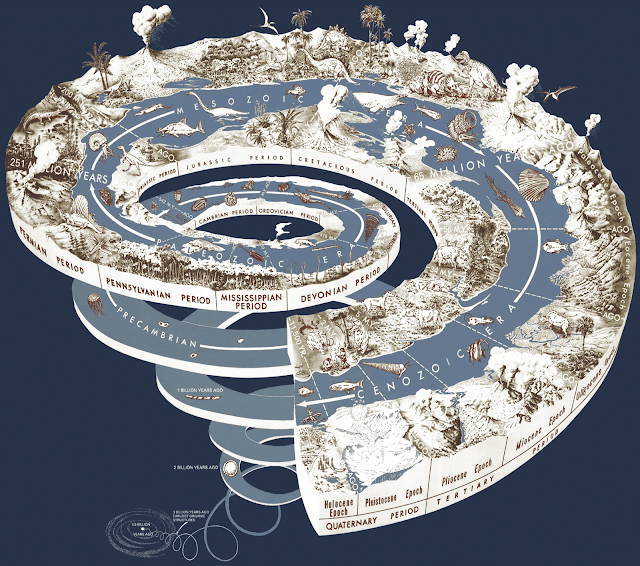
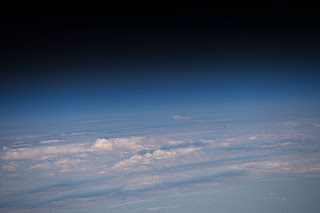
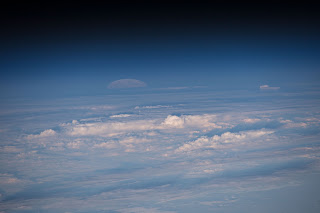
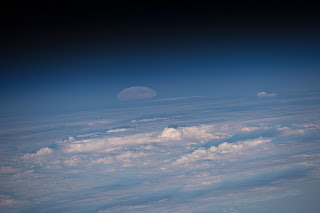
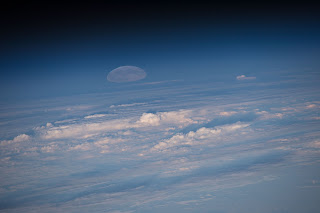
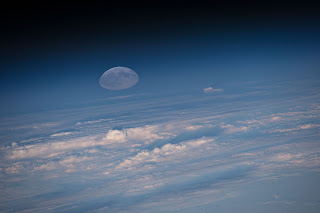
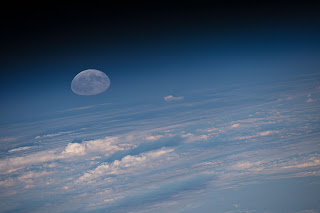
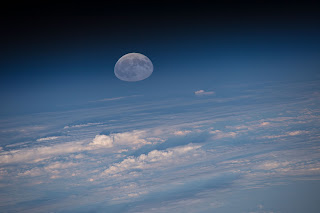
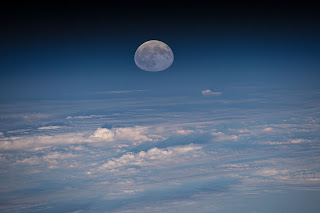
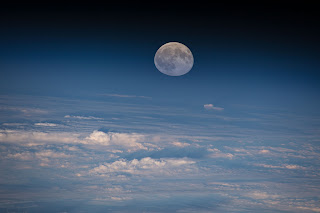
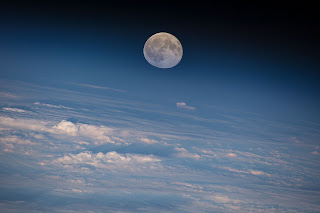

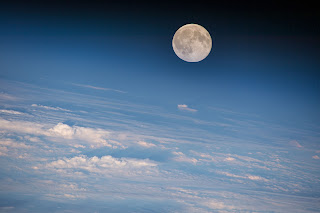
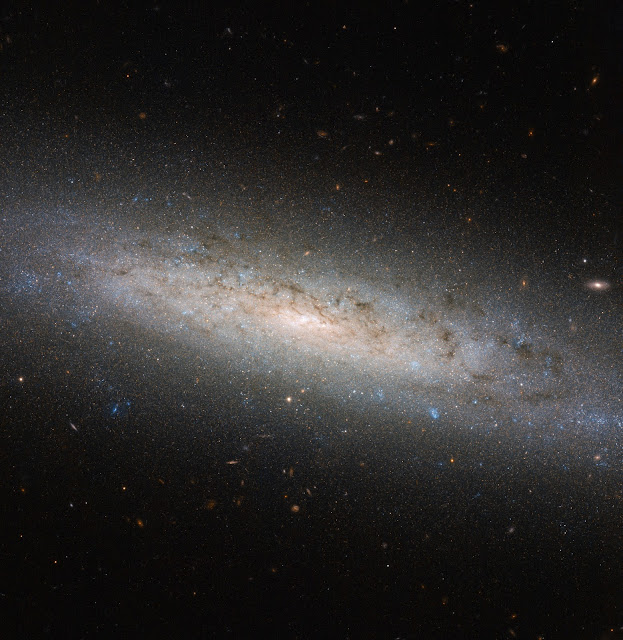
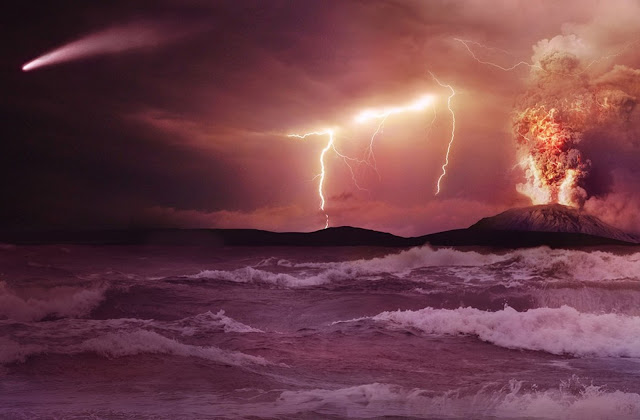
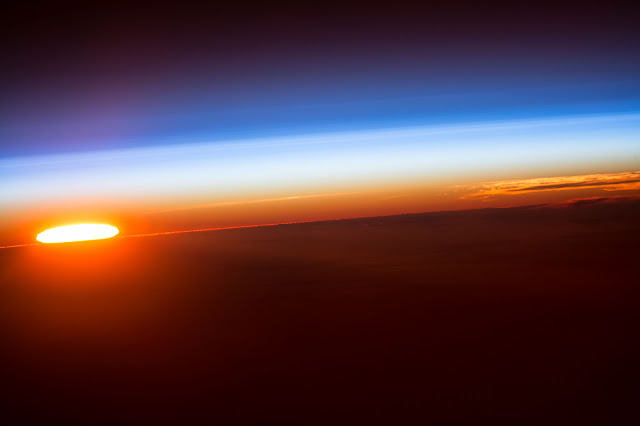
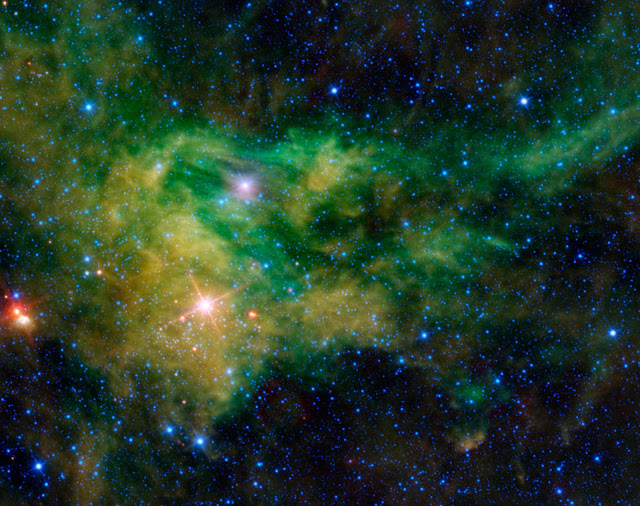
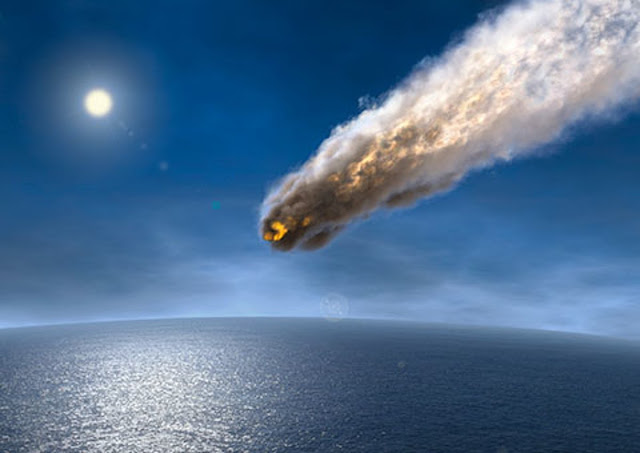
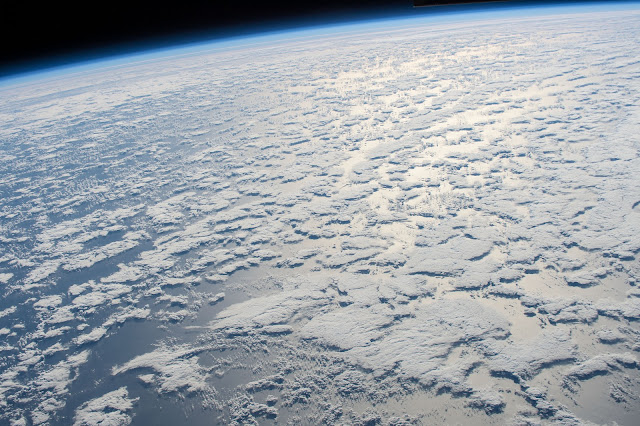
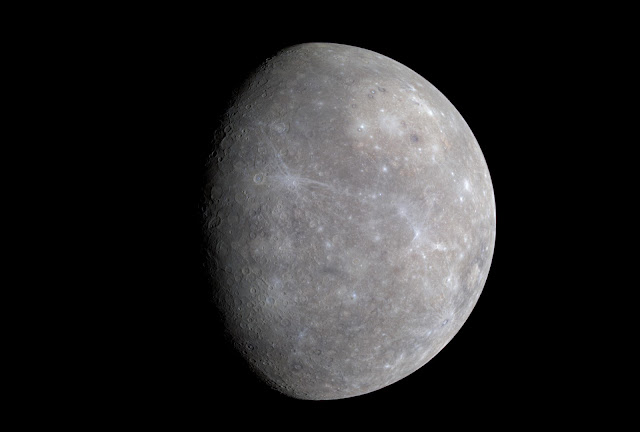

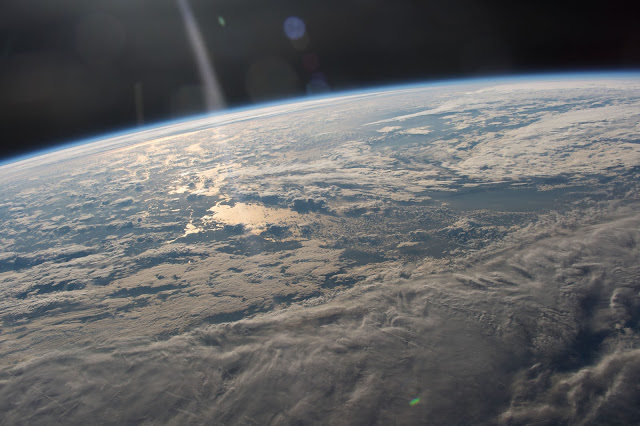
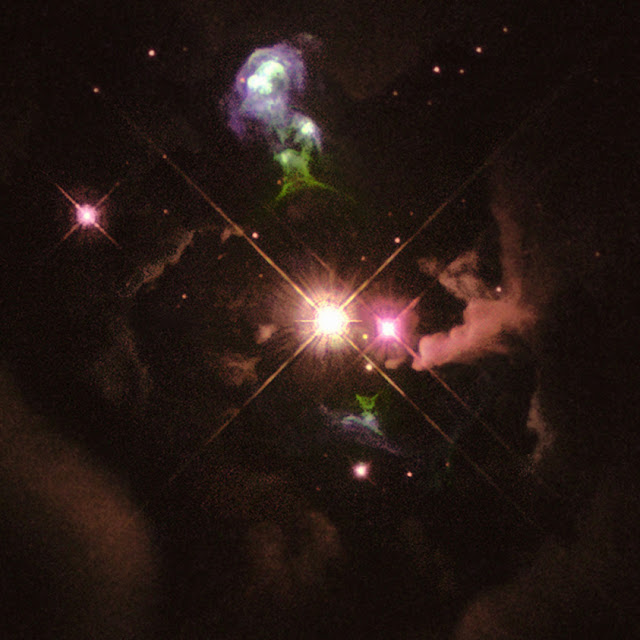
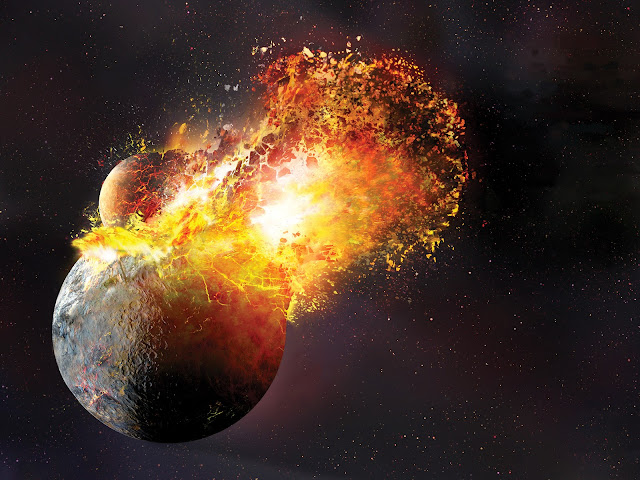
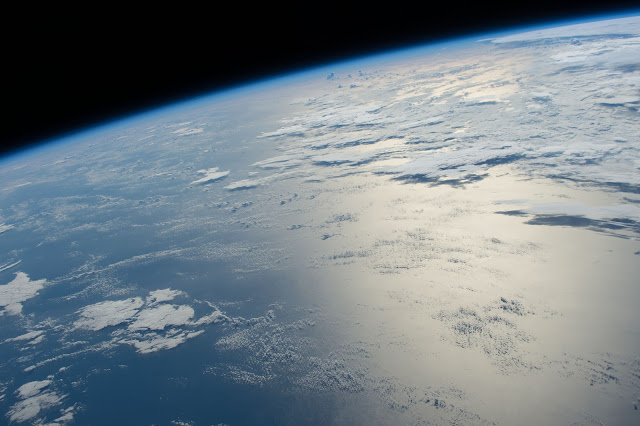
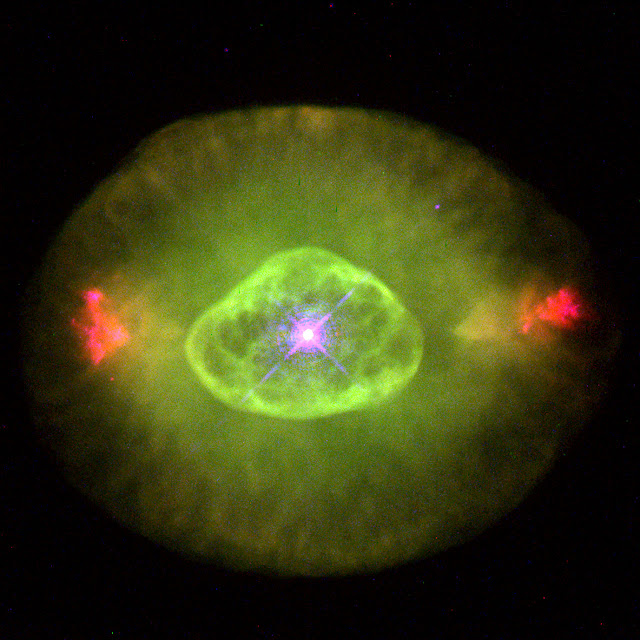
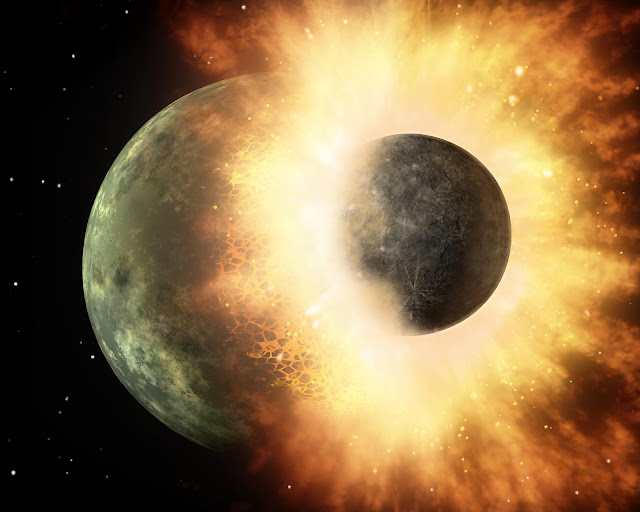
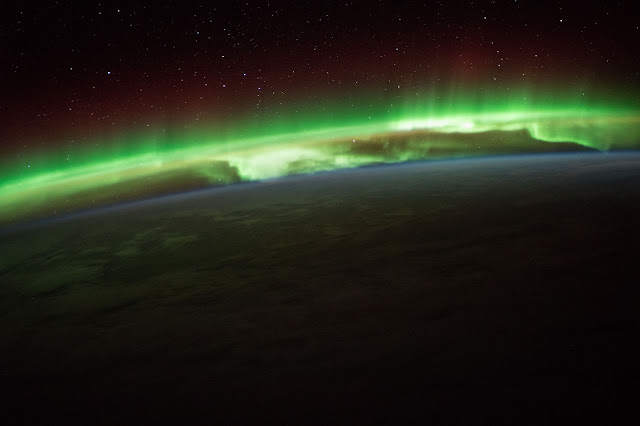
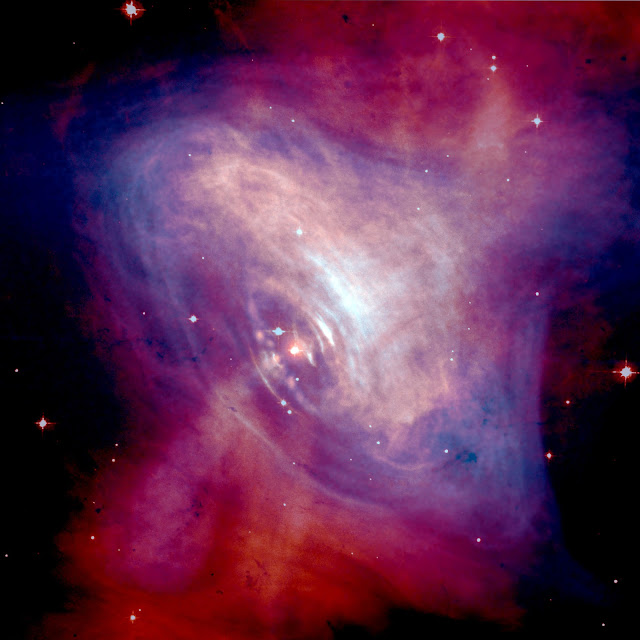
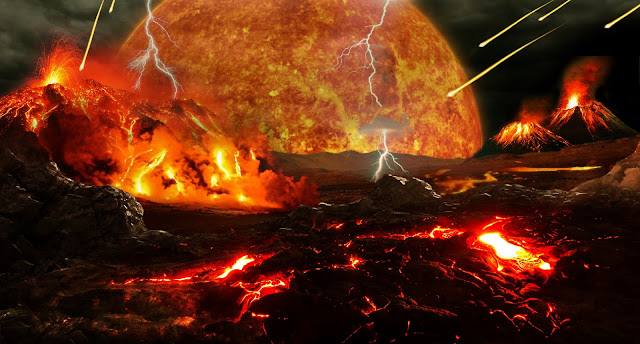
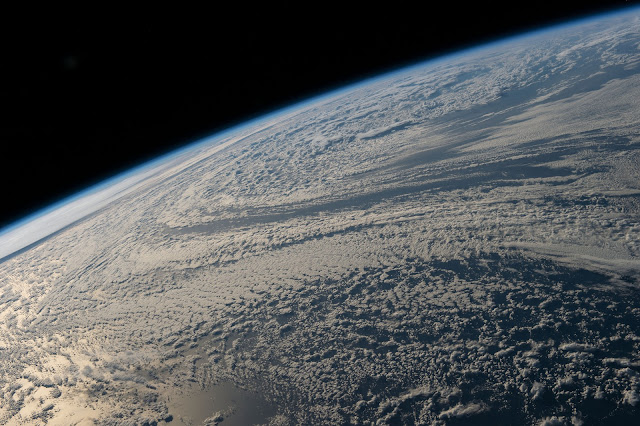
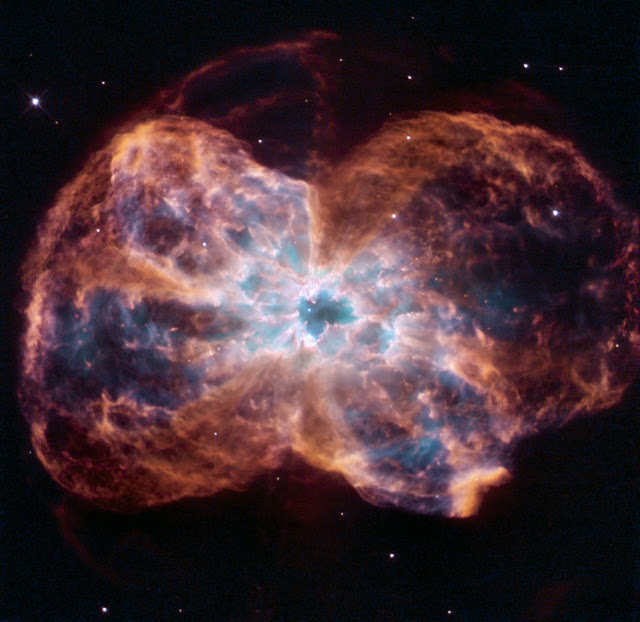
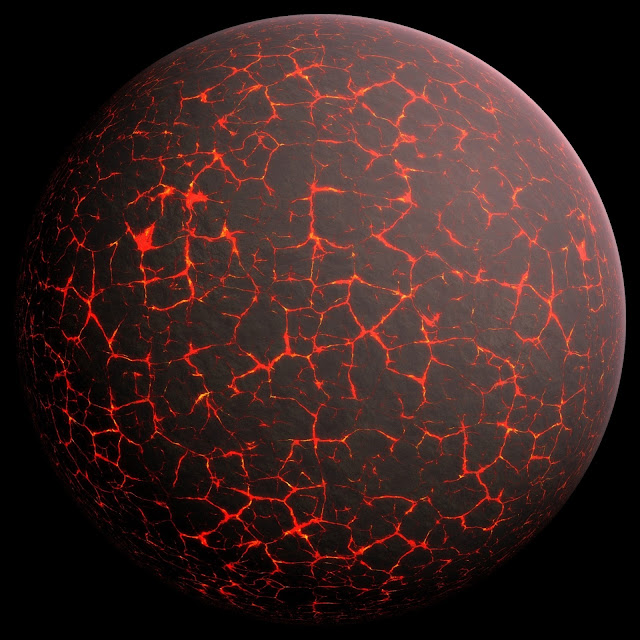

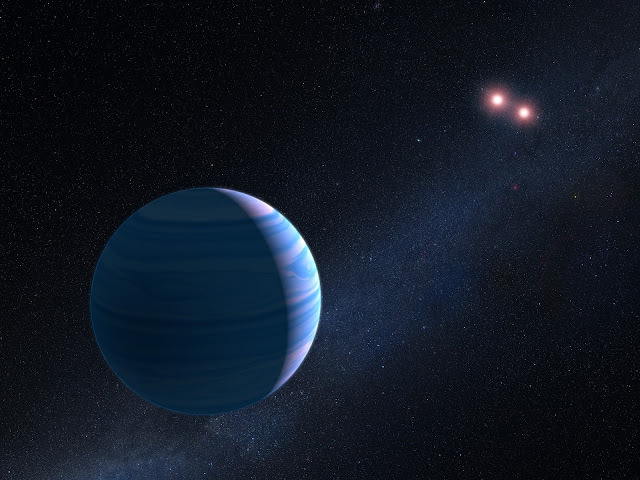
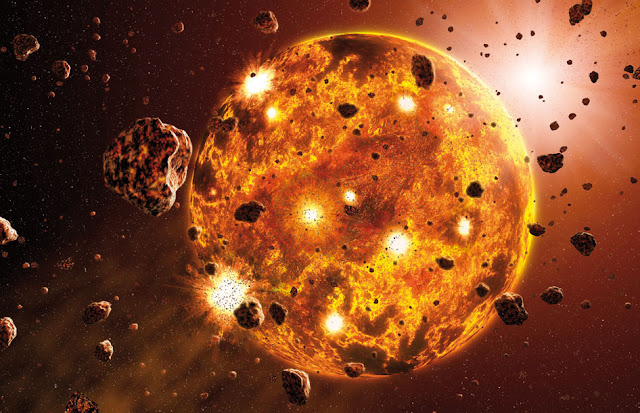
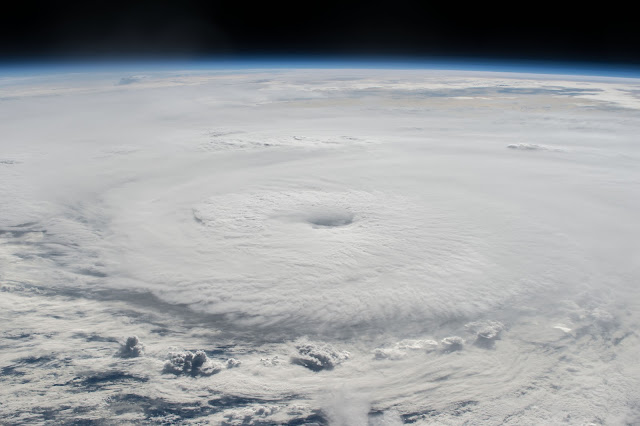
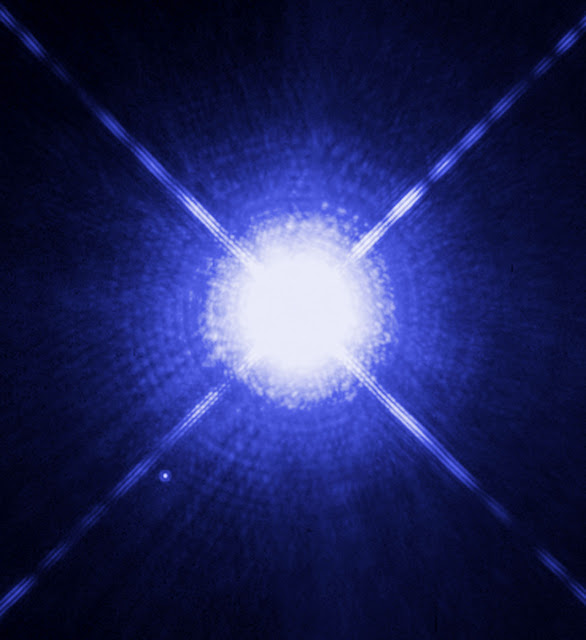
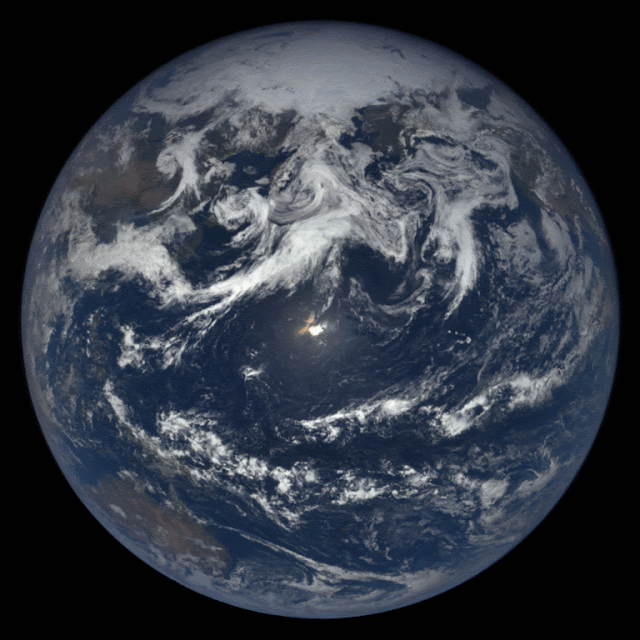
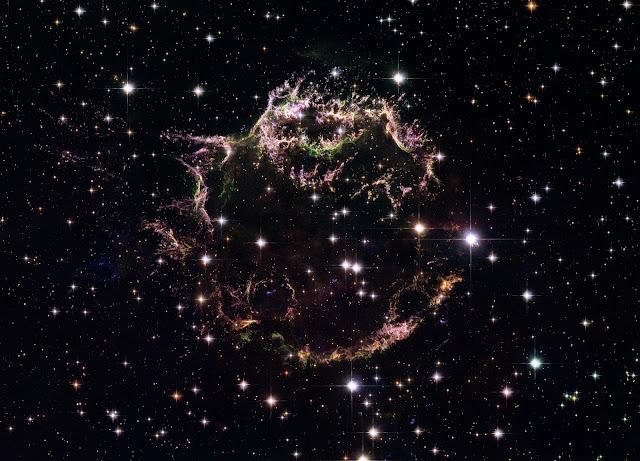
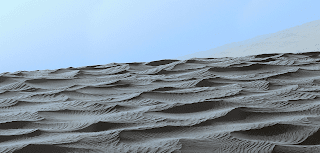
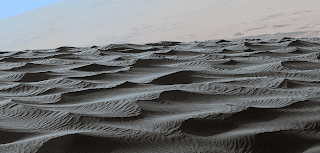
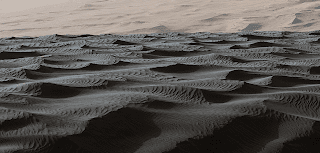
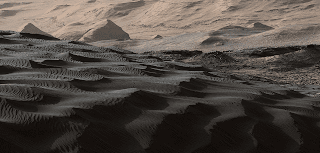
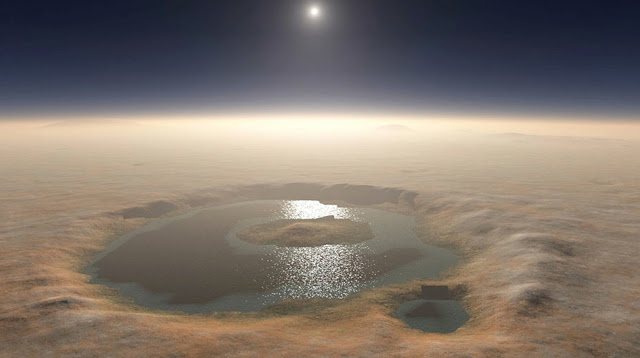
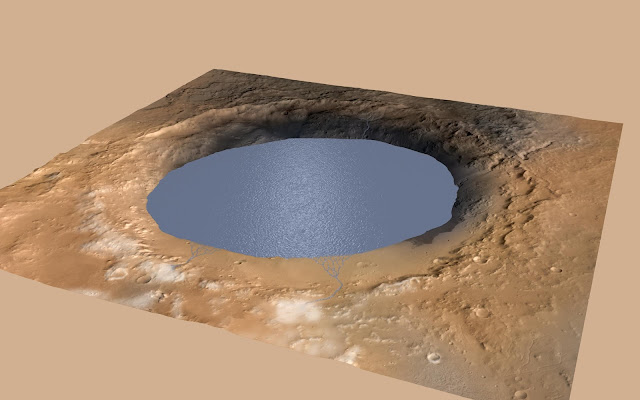
 About
About Tags
Tags Popular
Popular








